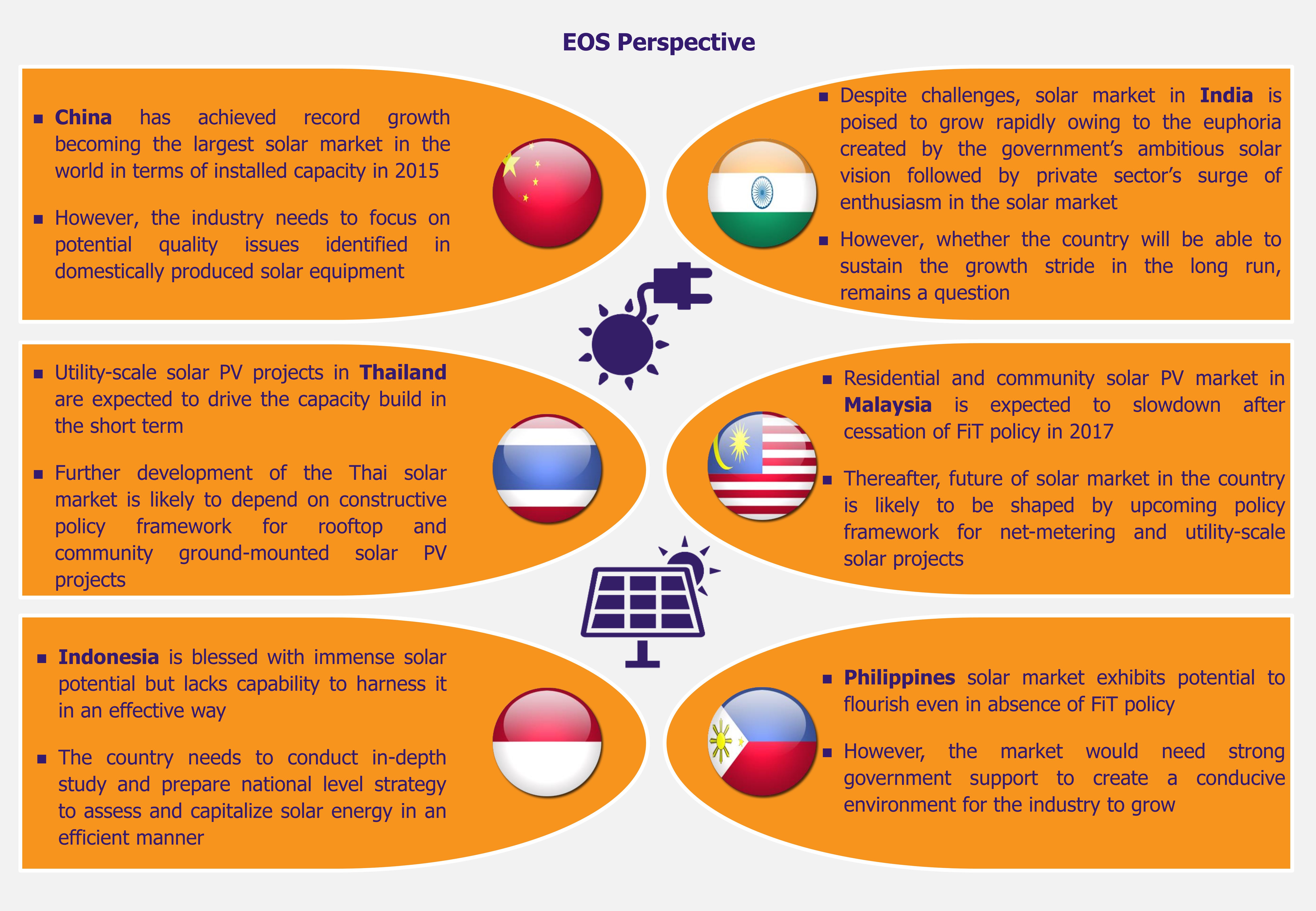The past two decades of a rapid industrialization in China have heavily impacted the country’s water supply and quality, resulting in almost two thirds of groundwater and close to one third of main rivers being classified as not suitable for direct human contact. The country is in a water crisis and wastewater treatment continues to be a key concern. The government is making efforts to strengthen the wastewater treatment industry, leading to an increase in investment and the number of joint ventures in the development of wastewater treatment plants.
The country’s 13th Five Year Plan provides ample opportunities for the private sector and foreign companies to bring in advanced technologies to support the country’s environmental targets, as under the Plan, the government plans to increase investment in wastewater treatment plants by 35% between 2016 and 2020. These plans have made China a great prospect for foreign investors, who can leverage on their experience and high-end technology to enter the local market, now receiving great governmental support, as wastewater treatment has become an integral part of the country’s environmental goals, following decades of neglect and a slow pace of pollutants reduction.

Opportunities appear vast, especially that many needed technologies are not available from local providers. For instance, ultrapure water treatment in pharmaceutical and microelectronics industries require advanced technical know-how which domestic companies are currently unable to offer. This provides opportunities for international players who can provide the necessary technology for the requirement of high quality water in semiconductor and pharmaceutical industries, both of which are witnessing a double-digit growth in China. Other needed but locally unavailable technologies include zero liquid discharge (ZLD) solutions that are compulsory in the coal-to-chemical wastewater treatment plants. Further, advanced wastewater treatment applications such as nanofiltration, reverse osmosis, and membrane bioreactor systems, which allow users to treat wastewater to a high standard, are required to comply with the new Chinese wastewater discharge standards. Such high-end applications can be offered by foreign companies who can thus gain a major foothold in the market.
What has greatly contributed to making the industry increasingly lucrative for suppliers of wastewater treatment technologies and equipment, are the legislative changes aimed at dealing with environmental issues. With a desperate need to improve environmental protection, the government introduced numerous policies regarding wastewater discharge and emission standards. Prior to the introduction of the new policies in 2015, state-owned enterprises were able to disregard the existing regulations, typically without any legal consequences. However, the new water pollution action plan has led to an increase in water and wastewater tariffs and higher wastewater discharge standards. The government has also tightened the facility inspections to ensure that the rules are being followed, and non-compliance to these regulations could now lead to a shutdown of the facility.
These stricter regulations offer significant opportunity for international players who can offer sound technologies which domestic companies are not capable of providing. For instance, less than a half of the 3,300 industrial parks in China have installed a centralized treatment plant. As per the new regulation, all industrial parks are required to install such plants by the end of 2017. The administration departments of these parks are now looking for appropriate solutions providers to meet this requirement. Fine chemical and petrochemical industrial parks, in particular, provide the greatest opportunities for foreign players as their wastewater treatment needs require high-end technology that is not available in the country.
EOS Perspective
China’s problem of efficiently managing its water resources has provided a boost to the country’s wastewater industry. The government’s willingness to support environmental protection even at the cost of industrial profits has made the country one of the largest markets for wastewater treatment in the world. With the use of various wastewater technologies, the country continues to grow its sewage processing capacity (around 3,717 wastewater treatment plants as of 2014, including Shanghai’s Bailonggang plant, world’s second largest wastewater treatment plant with capacity of 528 million gallons per day as of 2013). Ecologically progressive 13th Five Year Plan and the Water Pollution Prevention and Control Action Plan (also called Water Ten Plan) could lead to a flourishing wastewater treatment market with significant growth potential of annual investment of over US$ 6 billion.
Increase in investment and change in regulatory requirements have created ample opportunities for international players, primarily in terms of the much needed technical know-how and experience that domestic players are incapable of offering. International players such as Aquatech and Oasys Water have already leveraged on this and started gaining traction in the market. The entrance of international players could lead to increased competition in the market. Even though domestic players, supported by the state, will continue to have a strong foothold in the market, the rising demand for technical expertise is likely to make foreign players grab market share in the near future.
These prospects for international players are likely to be materialized as the Chinese government has introduced effective enforcement mechanisms to ensure that new regulations are being followed by wastewater treatment plants. It is promising that there are reported cases of heavy fines being levied on these plants. For instance, Hebei province in China spent around US$ 153,000 for the installation of automatic inspection systems at 210 wastewater treatment plants. Further, six wastewater treatment plants in the province were fined a total of US$ 3.3 million in 2015 for discharging excessive pollutants, post the introduction of the new regulations. If the government continues with its efforts for stricter enforcement, polluting plants will be forced to implement the required technologies, a step that will be welcomed by international wastewater treatment solution providers capable of offering such technologies.


































